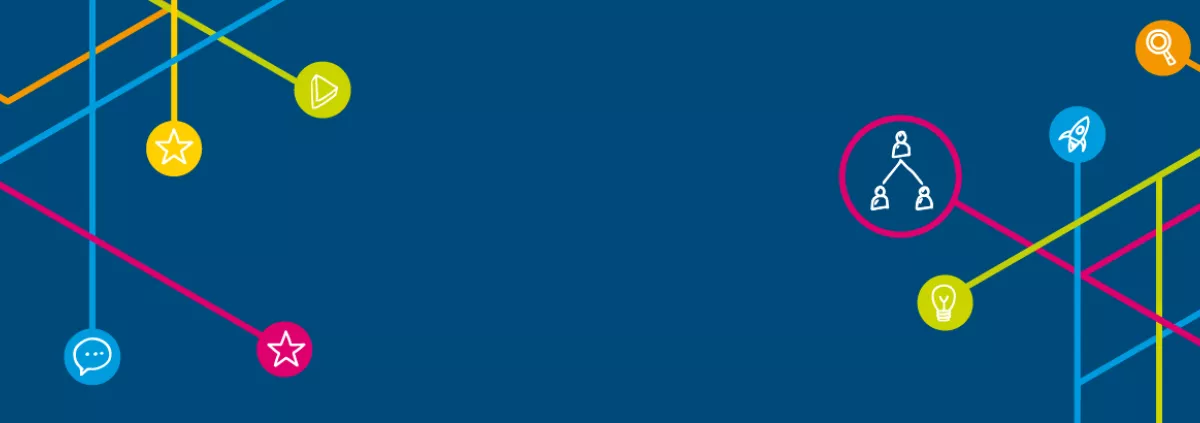Design-based learning (DBL) is an educational approach grounded in the
processes of inquiry and reasoning towards generating innovative artifacts,
systems and solutions (Gomez Puente, van Eijck, & Jochems, 2013). Design-based
learning belongs to the family of constructivist, pupil-centered teaching-
learning methodologies, such as learning by doing (Dewey, 1977; Kolodner
et al., 1998), problem-based learning (Pecore, 2013) and project-based learning
(Barak & Doppelt, 1999; Pecore, 2015). All these instructional approaches
aim at promoting pupils’ motivation to learn and fostering learners’ cognitive
and affective skills such as self-directed learning (SDL), critical thinking,
creative thinking, reflective thinking and collaborative learning. While the
educational literature has largely discussed and investigated the concepts of
problem-based learning and project-based learning, less has been written or
demonstrated about design-based learning. For example, how does DBL differ
from problem- or project-based learning? How do pupils accomplish the
design process? What factors might encourage or hinder the integration of
DBL into traditional schooling? The current chapter aims at addressing these
issues by closely examining two examples of applying DBL, one in American
middle schools and the other in Israeli high schools. Conclusions for implementing
DBL in schools are also suggested.
In this article, we have seen two cases of applying design-based learning in
school. First, a small-task program of 20–25 hours implemented in 26 science
classes; and second, a three-year program in mechatronics engineering studies
implemented in about 100 classes involving 1,000 pupils. The findings from
this study may contribute to the literature on DBL, and technology and engineering
education in general, in five points:
Firstly, in the two examples under discussion, the design process consisted
of the ‘classical’ stages (in various versions): identifying needs; generating alternative
solutions; analyzing solutions and selecting the optimal design; planning
and constructing; evaluating and reflecting. However, in both examples we have
seen, pupils worked through an iterative process in which they could move
forward or backward from/to any stage of the product development, rather
than an obligatory linear process. This is an essential route in case the pupils
encounter difficulties, the results are unsatisfactory or new ideas arise.
Secondly, the two examples of design-based learning discussed in this article
indicated that a key element in the design process is presenting several
alternative solutions and systematically selecting the optimal solutions, given
the strength and weakness of each option. This is the opportunity for pupils
to learn that engineering has to do with optimization and tradeoff. Engineers
often face a situational decision that involves diminishing or losing one quality
of a design in return for gains in other aspects. It is worth noting that although
project-based learning is very close to DBL, project-based learning frequently
places less emphasis on the engineering process of presenting several solutions
and systematically choosing the optimal solution. In fact, PBL differs from DBL merely in that point.
Thirdly, the curriculum developers of the two programs we have seen prepared
detailed instructional materials for pupils and teachers for application
of the design process. That includes, for example, a performance scale table
for presenting alternative solutions and selecting the optimal one, and the
Formative Assessment Scale (FAS) in mechatronics studies that directs pupils
and teachers throughout the design process. These instructional materials are
critical in the application of DBL among a variety of pupil populations and achieving the goal of developing pupils’ skills related to problem solving, creativity
and self-directed learning.
Fourthly, we have seen that providing professional development courses for
teachers is a vital component of introducing DBL into the classroom. Teachers
need to update their technological content knowledge, for example, in
electronics, mechanics and computing. In parallel, professional development
courses must address teachers’ pedagogical knowledge related to the application
of design-based learning and project-based learning in school. A PD
course needs to deal with questions such as the teacher’s role in the DBL classroom, providing feedback to pupils, or using digital technologies for teaching
and learning. Teachers’ technological and pedagogical knowledge is the most
important factor that might encourage or hinder the integration of DBL in traditional schooling.
Fifthly, DBL which was presented in both case-studies, was implemented in
three pedagogical lenses:
– A learning material development platform for engaging teachers in designbased
learning
– Teachers use the same platform to engage pupils in DBL.
– Creating FAS that assisted both teachers and pupils to implement DBL as
a method to improve learning, thinking skills and presentation and teamwork.
These three lenses assisted teachers to engage pupils in concept learning of
design, for example teamwork, iterative cycle of design and optimization to
improve creation. In addition, the pupils gained conceptual knowledge in
Mechatronics and Electronics such as: Electronic circuits, sensors, closed-loop
control, and mechanisms which pupils implemented in their project-design.
Finally, we have raised some thoughts about introducing innovation to
DBL, for example, encouraging pupils to deal with interdisciplinary projects
and promoting collaboration of pupils who major in mechatronics, electronics,
computer science and industrial design arts. In addition, the traditional
method for implementing DBL could greatly benefit from using digital technologies throughout the project work. For example, pupils create a website
on their project on which they save design details, drawings, calculations, test
findings, as well as pictures and videos about the system operation. The digital
environment might also promote online sharing of information and collaborative
work between pupils on a team. These innovations may take DBL together
with technological and social changes occurring today.
https://doi.org/10.1163/9789004450004_006
Resource Type

Please log in or sign up to comment.